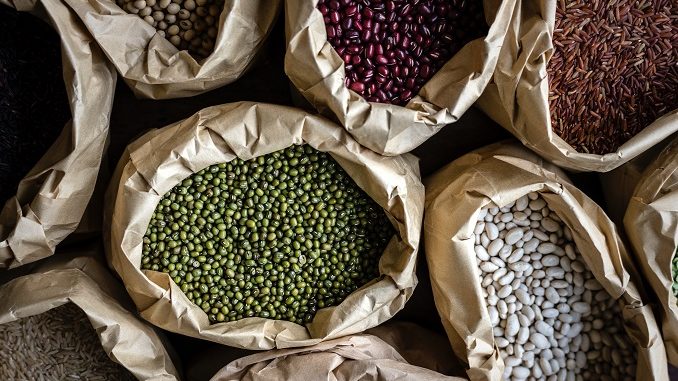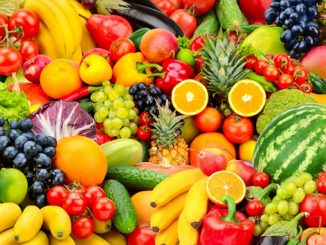
Legumes are a great addition to your diet if you have Parkinson’s. These nutrition powerhouses contain both insoluble and soluble fibre, plus resistant starch. Resistant starch promotes gut health by feeding the good bacteria that live in your large bowel. Legumes are also suggested as part of the MIND diet and Mediterranean diet which both offer a range of health benefits. If you have Parkinson’s and do not currently eat legumes, now is a great time to start eating these plant foods.
Examples of legumes include:
- Chickpeas
- Lentils
- Split peas
- Kidney beans
- Black beans
- Soybeans
Amount of fibre in a selection of legumes
| Legume, cooked | Serve size | Fibre (grams) |
|---|---|---|
| Chickpeas | ½ cup | 6.3 |
| Lentils | ½ cup | 7.8 |
| Peas | ½ cup | 4.4 |
| Kidney beans | ½ cup | 6.8 |
| Black beans | ½ cup | 7.5 |
| Soybeans | ½ cup | 5.2 |
And don’t worry, rather than being an unhealthy side effect of eating legumes, gas is a sign that the good bacteria in your gut are feeding on the fibre from the legumes. So make sure you feed your gut bacteria by eating legumes!
In addition to fibre, legumes are also packed with plant-based protein, are a good source of antioxidants and are low in saturated fat. They are also a good source of folate, iron, zinc, calcium and magnesium.
It’s super easy to promote gut health by eating legumes!
Legumes come in a variety of shapes, sizes and colours and can be eaten in many forms including whole, split, ground into flour and dried. Aim to eat at least 2-3 serves of legumes every week (1 serve = ½ cup). Add half a cup of legumes to a meal wherever possible. Try the following suggestions:
- Enjoy chickpeas as part of a salad or make hommus dip. Add additions like beetroot or cooked sweet potato to your hommus dip.
- Use pureed legumes as the base for dips and spreads.
- Add kidney beans or black beans to a sauce.
- Lentils go really well in a vegetable soup.
- Add soybeans to a stir-fry dish.
- Prepare soups, stews and casseroles that feature legumes.
Not sure how to cook legumes to promote gut health?
Most legumes need to be soaked to make them easier to digest and absorb the nutrients. As the Grains and Legumes Nutrition Council state it is easier than you might think. They suggest 3 steps to follow:
- Rinse dried legumes in water and remove any dirt/stones or legumes that may be shrivelled. Good quality legumes produced in Australia are generally free of any stones etc.
- Cover the legumes with plenty of water and soak them overnight (six to eight hours).
- Change the water and gently boil the legumes until they are the texture you prefer.
As you can see, legumes contain a variety of nutrients and are a great addition to your diet. To help ease any discomfort, introduce them gradually and be sure to drink enough water and exercise regularly to help your gastrointestinal system handle the increase in dietary fibre. Not only are legumes a food source for the good bacteria in your gut but when eaten as part of the MIND diet a significant association has been shown with slowing progression of parkinsonian signs. If you have Parkinson’s and legumes are not currently part of your diet, now is a great time to introduce them. Enjoy!
Sources:
-
Dr. Joanna McMillian, 2017, It’s time to love your legumes!
-
Grains and Legumes Nutrition Council, glnc.org.au
-
Ruairi Robertson, 2017, The 9 Healthiest Beans and Legumes You Can Eat
Parkinson Diet – Terms & conditions / Privacy policy


